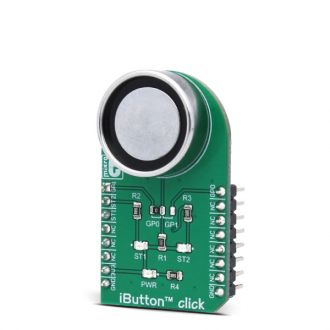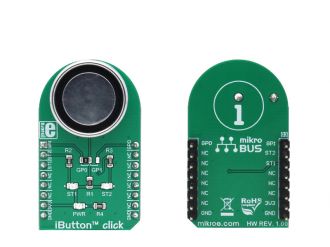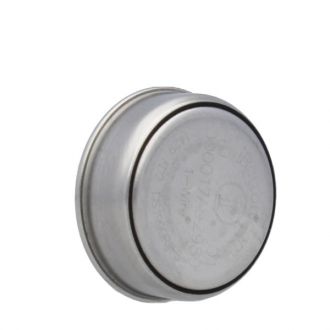
We strongly encourage users to use Package manager for sharing their code on Libstock website, because it boosts your efficiency and leaves the end user with no room for error. [more info]

Rating:
Author: MIKROE
Last Updated: 2018-07-17
Package Version: 1.0.0.0
Example: 1.0.0.0
Category: 1-Wire
Downloaded: 7112 times
Not followed.
License: MIT license
iButton click - is an iButton probe Click board. The iButton is a technology based on the one-wire communication protocol, and a chip usually packed in a robust stainless steel casing.
Do you want to subscribe in order to receive notifications regarding "iButton click" changes.
Do you want to unsubscribe in order to stop receiving notifications regarding "iButton click" changes.
Do you want to report abuse regarding "iButton click".



Library Description
Initializes and defines the GPIO click driver and functions witch turn on or turn off the LED.
Key functions:
Example description
The application is composed of three sections:
void applicationTask()
{
uint8_t check_flag;
if(!Ow_Reset(OW_PORT, OW_PIN))
{
check_flag = Read_Key();
if(check_flag = 0)
{
mikrobus_logWrite("Key exist", _LOG_LINE);
Delay_ms(500);
}else
{
mikrobus_logWrite("Key doesn't exist", _LOG_LINE);
Delay_ms(500);
}
}
else
{
mikrobus_logWrite("Add new key", _LOG_LINE);
Delay_ms(500);
while(Ow_Reset(OW_PORT, OW_PIN))
{
if(check_state == 0)
{
mikrobus_logWrite("Insert iButton", _LOG_LINE);
Delay_ms(500);
check_state = 1;
}
}
check_flag = Add_key();
if(check_flag == 0)
{
mikrobus_logWrite("Key added", _LOG_LINE);
Delay_ms(500);
}else
{
mikrobus_logWrite("Key already exist", _LOG_LINE);
Delay_ms(500);
}
mikrobus_logWrite("Read iButton", _LOG_LINE);
check_state = 0;
}
Delay_ms(100);
}
Additional notes and information
Depending on the development board you are using, you may need USB UART click, USB UART 2 click or RS232 click to connect to your PC, for development systems with no UART to USB interface available on the board. The terminal available in all MikroElektronika compilers, or any other terminal application of your choice, can be used to read the message.